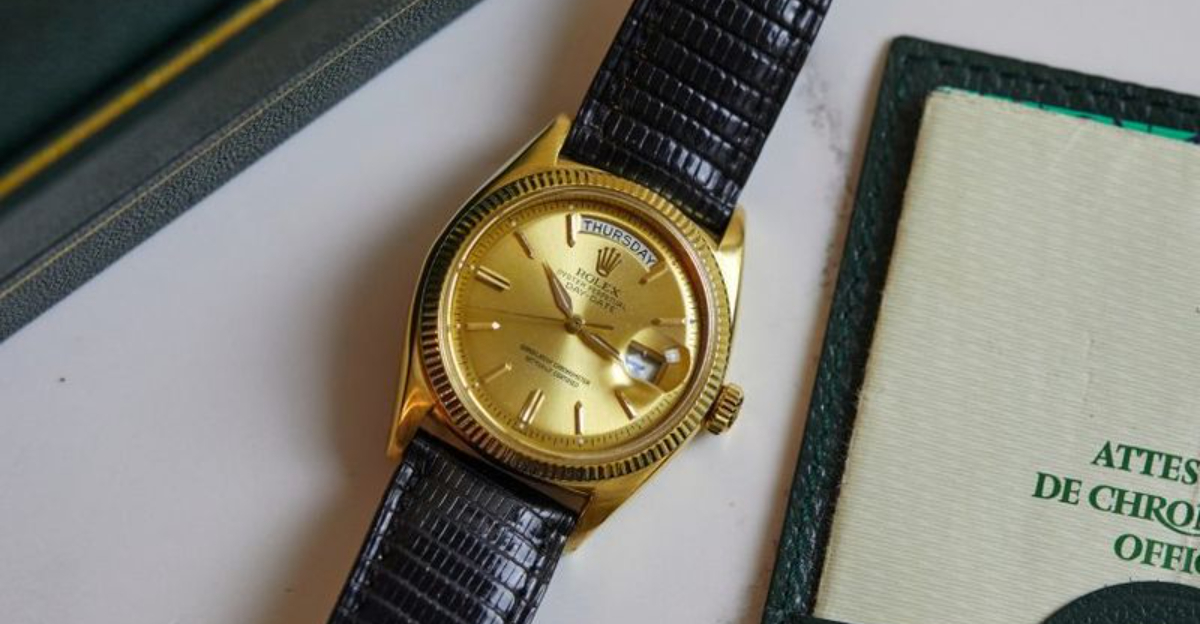I’ve spent more weekends than I care to admit wandering flea markets and estate sales, hoping to spot the next hidden gem. The truth is, the antique world is always in flux, what’s trending one year can feel totally out the next.
Lately, I’ve noticed some pieces quietly climbing in value while others are collecting dust in even the best-curated shops.
If you’re sitting on vintage finds or love the thrill of the hunt like I do, it’s smart to stay ahead of the curve. Here’s a look at 8 antiques worth watching this year, and 8 that may not be worth your shelf space.
1. 1990s Beanie Babies With Tag Errors

Remember when your mom said those little stuffed animals would pay for college? Well, she might have been onto something, but only if yours had manufacturing goofs.
Tag errors like “Teenie” instead of “Teddy” or wrong birthdates create accidental rarities that serious collectors hunt down. Sometimes a simple typo makes a $5 bear worth $500 or more.
Though most Beanie Babies crashed in value, error variants buck this trend because they represent genuine production mistakes. Millennials with disposable income are rediscovering childhood favorites, especially the weird ones their parents thought were worthless manufacturing defects.
2. Mid-Century Modern Furniture
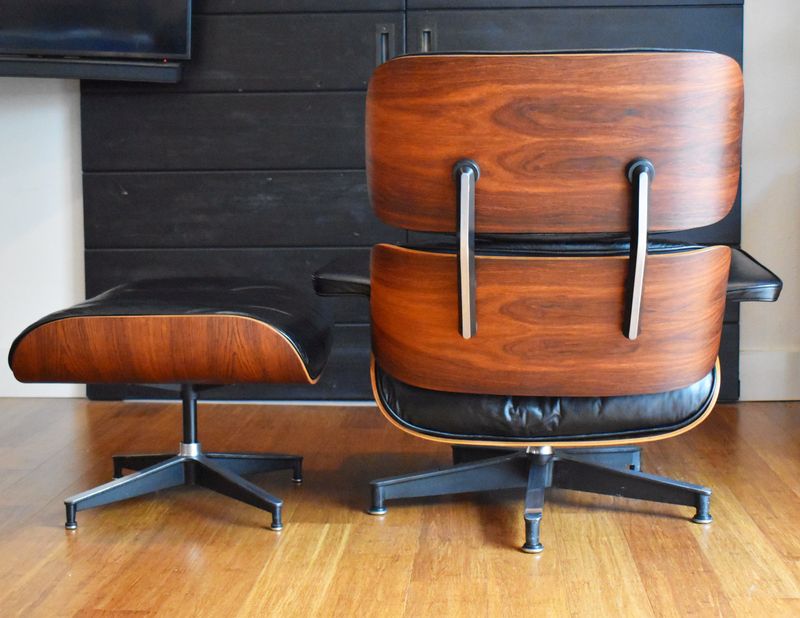
What was once simply considered “used furniture” has transformed into one of the hottest collecting categories. Pieces designed by icons like Eames, Saarinen, and Wegner continue gaining momentum among younger collectors who appreciate their clean lines and functionality.
The limited supply of authentic pieces coupled with growing demand makes this a prime investment area. Look for items with original finishes, manufacturer stamps, and minimal restoration to maximize potential returns.
3. Chinese Porcelain
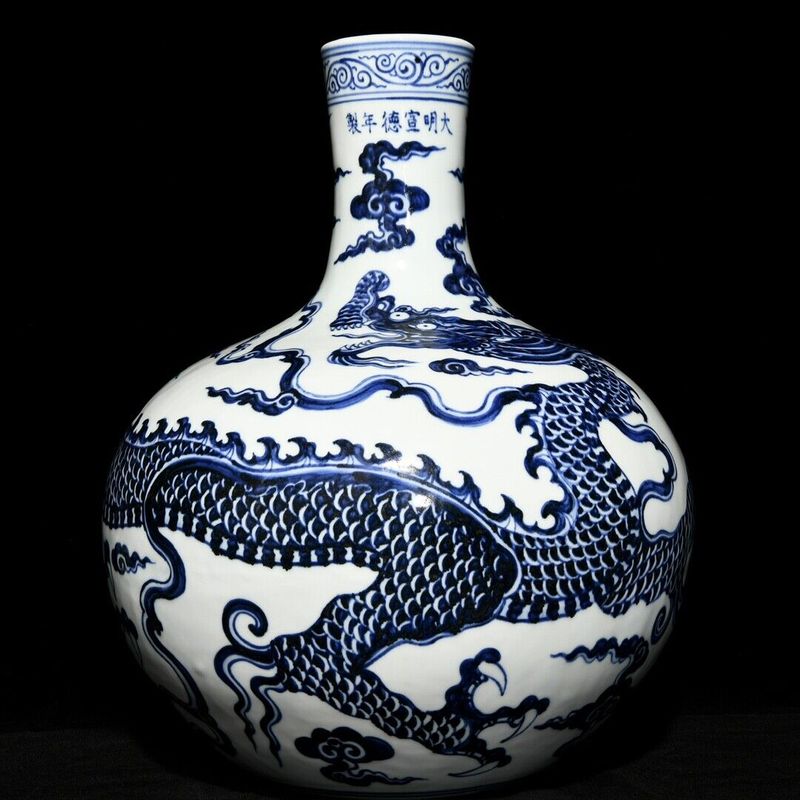
Historically undervalued compared to European ceramics, fine Chinese porcelain from the Ming and Qing dynasties represents a significant opportunity for collectors. Wealthy Chinese buyers are actively repatriating their cultural heritage, driving prices upward across all quality levels.
Blue and white pieces remain perennial favorites, but famille rose and monochrome glazes are gaining collector attention. Authentication is crucial in this market – provenance from respected collections or auction houses adds substantial value and confidence to any purchase.
4. Rare First-Edition Books
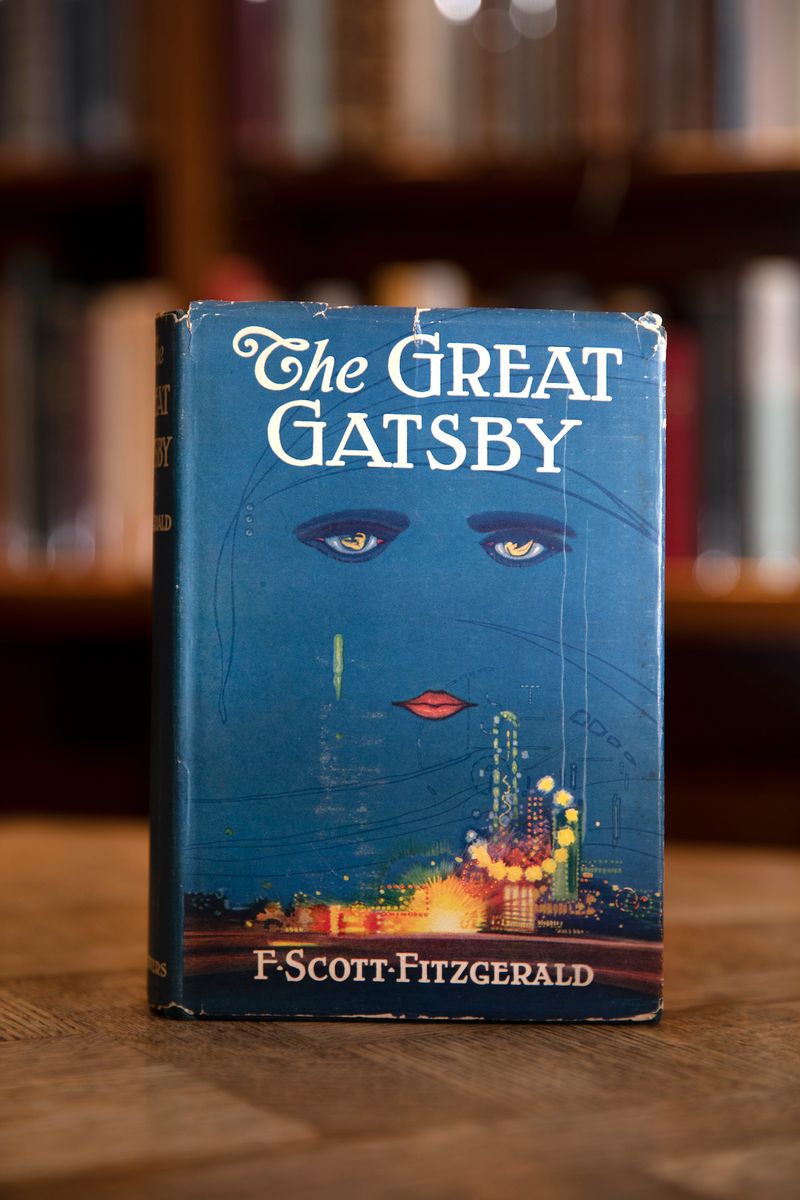
Contrary to fears about digital media destroying the book market, rare first editions continue climbing in value as physical objects become increasingly scarce. Condition is paramount – books with intact dust jackets, minimal foxing, and original bindings fetch the highest prices.
Titles with cultural significance or from notable authors like Hemingway, Fitzgerald, and Tolkien show particularly strong investment potential. The tactile connection to literary history makes these treasures particularly meaningful to collectors beyond their monetary value.
5. Early Video Game Memorabilia
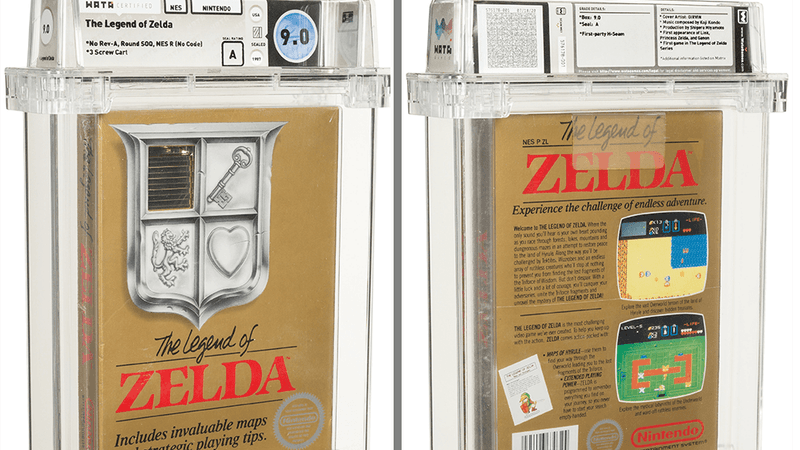
Nostalgia drives the market for sealed vintage video games and consoles, with prices reaching jaw-dropping heights in recent auctions. As millennials reach their peak earning years, childhood treasures from the 1980s and 1990s are becoming serious collectibles.
Factory-sealed games command the highest premiums, but even complete-in-box examples show strong appreciation. Nintendo items generally lead the market, though rare Sega, Atari, and PlayStation items are quickly gaining ground as the collecting category matures.
6. Vintage Photography Equipment

Behind every iconic 20th-century photograph stood remarkable machines that are now coveted collectibles. Analog photography’s resurgence among younger generations has created unexpected demand for vintage cameras, particularly premium brands like Leica, Hasselblad, and early Nikon models.
Working condition pieces command higher prices, but even decorative examples are appreciating. The most valuable finds combine historical significance with excellent cosmetic condition – like cameras used by famous photographers or limited production models with original accessories.
7. Vintage Watches

Mechanical marvels from renowned watchmakers are ticking time bombs of investment potential. Particularly sought-after are sports models from Rolex, Patek Philippe, and Omega produced between the 1950s and 1970s, which have seen astronomical price increases in recent years.
Even entry-level vintage timepieces from quality manufacturers show strong growth potential. For maximum value, look for watches with original dials, unpolished cases, and complete with boxes and papers – the holy grail of watch collecting.
8. Art Nouveau Glass

Shimmering with iridescent surfaces and organic forms, Art Nouveau glass pieces by masters like Tiffany and Gallé are experiencing renewed collector interest. The impossibility of reproducing these handcrafted techniques ensures their long-term value preservation and growth.
Lamps command the highest prices, but vases, bowls, and smaller decorative items offer accessible entry points for new collectors. The most desirable pieces feature vibrant colors, nature-inspired motifs, and artist signatures – factors that significantly impact investment potential.
1. Edwardian Mahogany Wardrobes
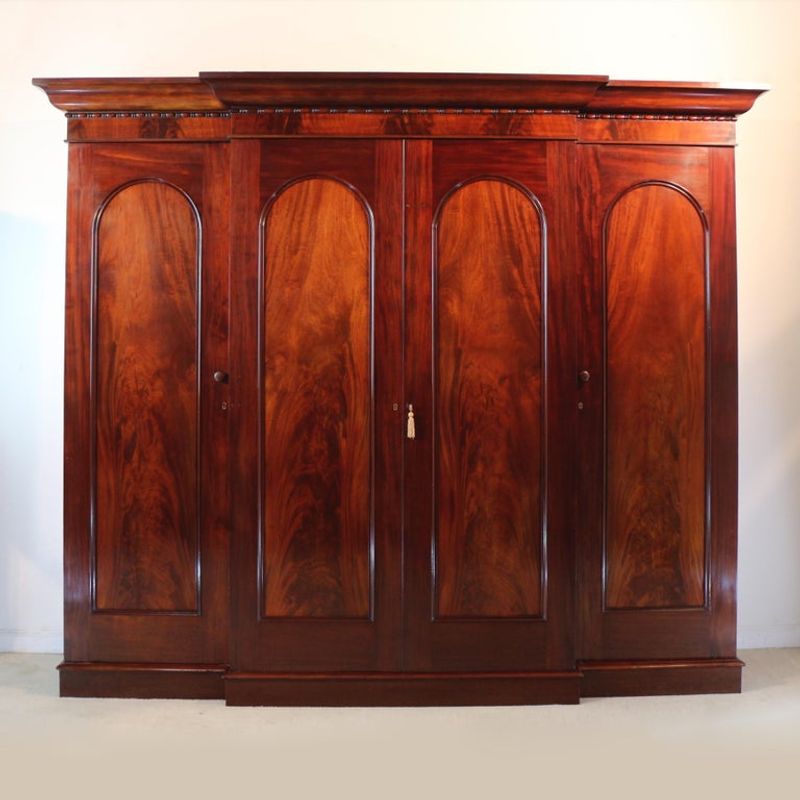
Edwardian wardrobes, with their grand presence, once symbolized luxury in a bedroom. However, their bulkiness and the shift towards open wardrobes and walk-in closets have rendered them less desirable.
These mahogany giants are increasingly seen as cumbersome, occupying too much space in modern homes. As people lean towards more versatile furniture solutions, the appeal of these traditional wardrobes is dwindling.
2. Mechanical Typewriters
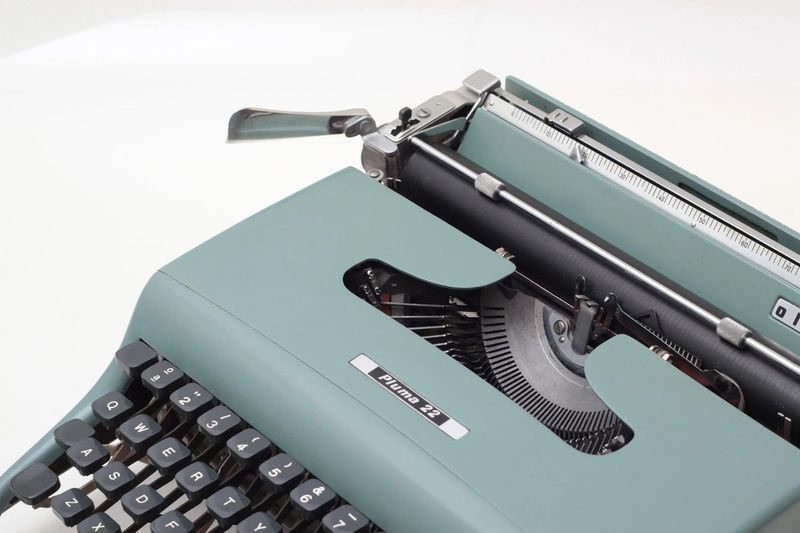
The clickety-clack machines that once dominated creative offices had a stunning revival among hipsters and nostalgic writers. Prices for Underwoods, Smith-Coronas, and Remingtons tripled between 2010-2020 as coffee shops filled with typing enthusiasts.
This trend is hitting the brakes hard. Repair expertise is vanishing, making maintenance increasingly expensive. Ribbon supplies are dwindling, and the novelty factor is wearing off as younger buyers prefer digital minimalism.
3. Colonial Revival Dining Sets
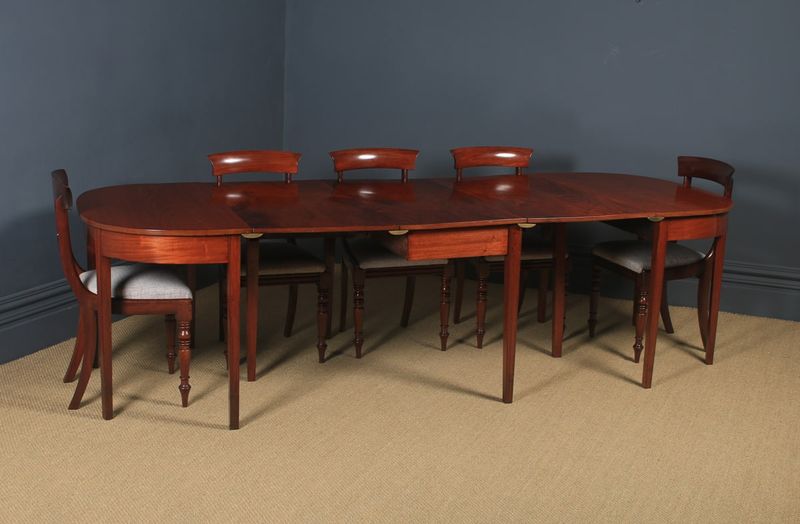
Those massive mahogany dining tables with eight matching chairs and a towering china cabinet were once the pride of American households. Modeled after 18th-century designs but mass-produced in the 1920s-1950s, these sets symbolized middle-class prosperity.
Housing trends have delivered their death knell. Modern homes feature smaller, more casual dining areas, and formal entertaining has waned. Young families simply don’t have space for these behemoths.
4. Gothic Revival Chairs
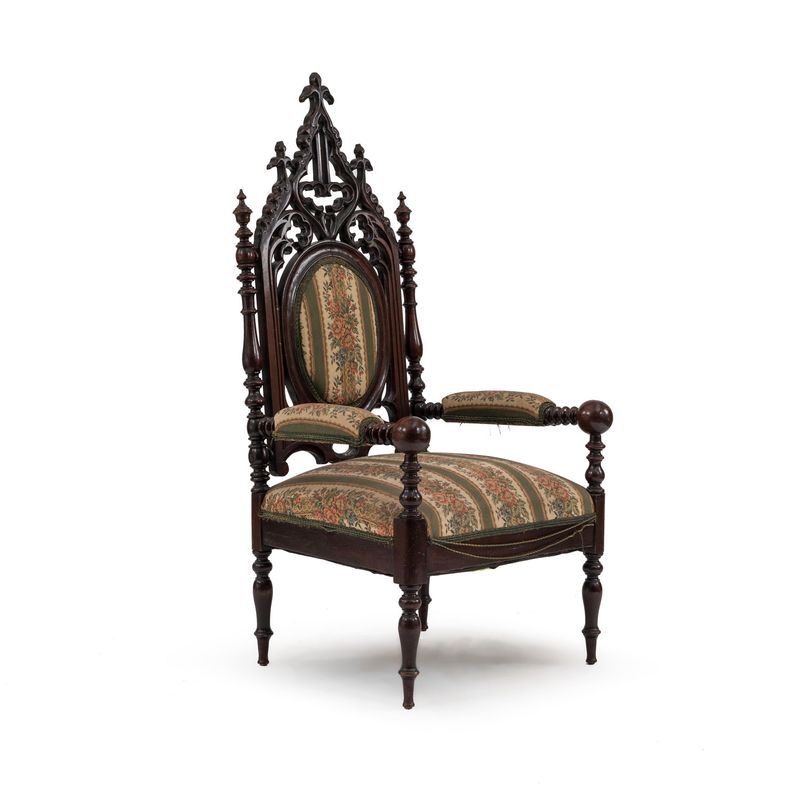
Gothic Revival chairs, known for their dramatic aesthetics, are losing their appeal in modern interior design circles. The dark woods and heavy carvings contrast starkly with today’s lighter, more open spaces preferred by homeowners.
Though they possess historical significance, their incompatibility with current design trends makes them less attractive, leading to a predicted decline in their value.
5. Commemorative Whiskey Decanters
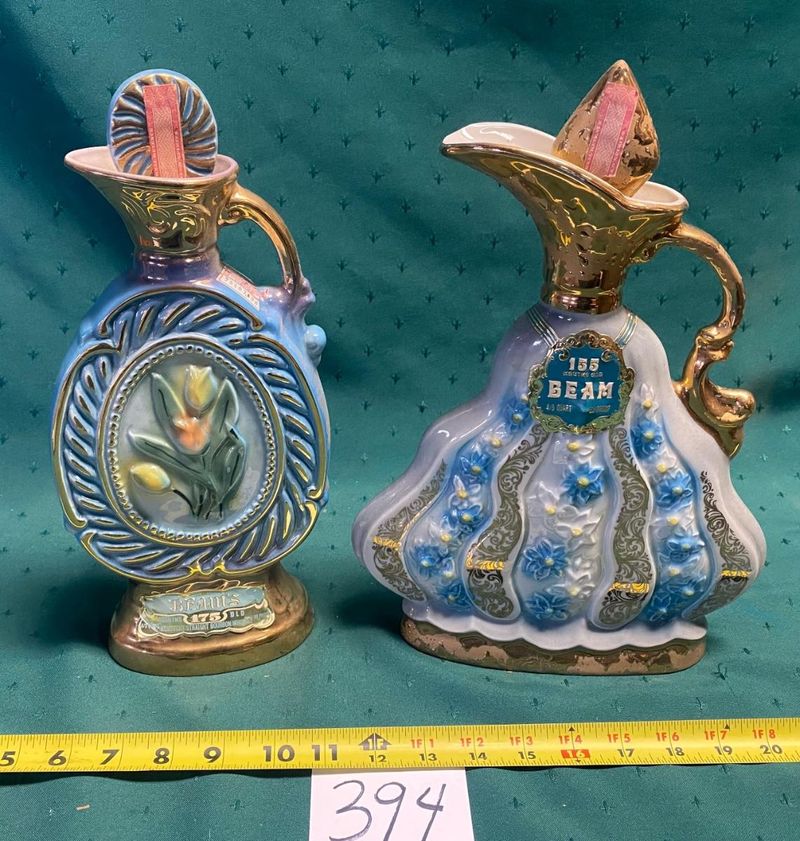
Jim Beam, Jack Daniel’s, and countless other spirits brands released limited-edition ceramic decanters throughout the 1960s-1980s. Shaped like everything from classic cars to Elvis Presley, these vessels once commanded fierce bidding wars among collectors.
The market has gone completely flat. Baby boomers who drove this collecting trend are downsizing, flooding the market with thousands of these dust-collectors. Many contain whiskey that’s now undrinkable, while empty ones hold minimal artistic merit.
6. Hummel Figurines
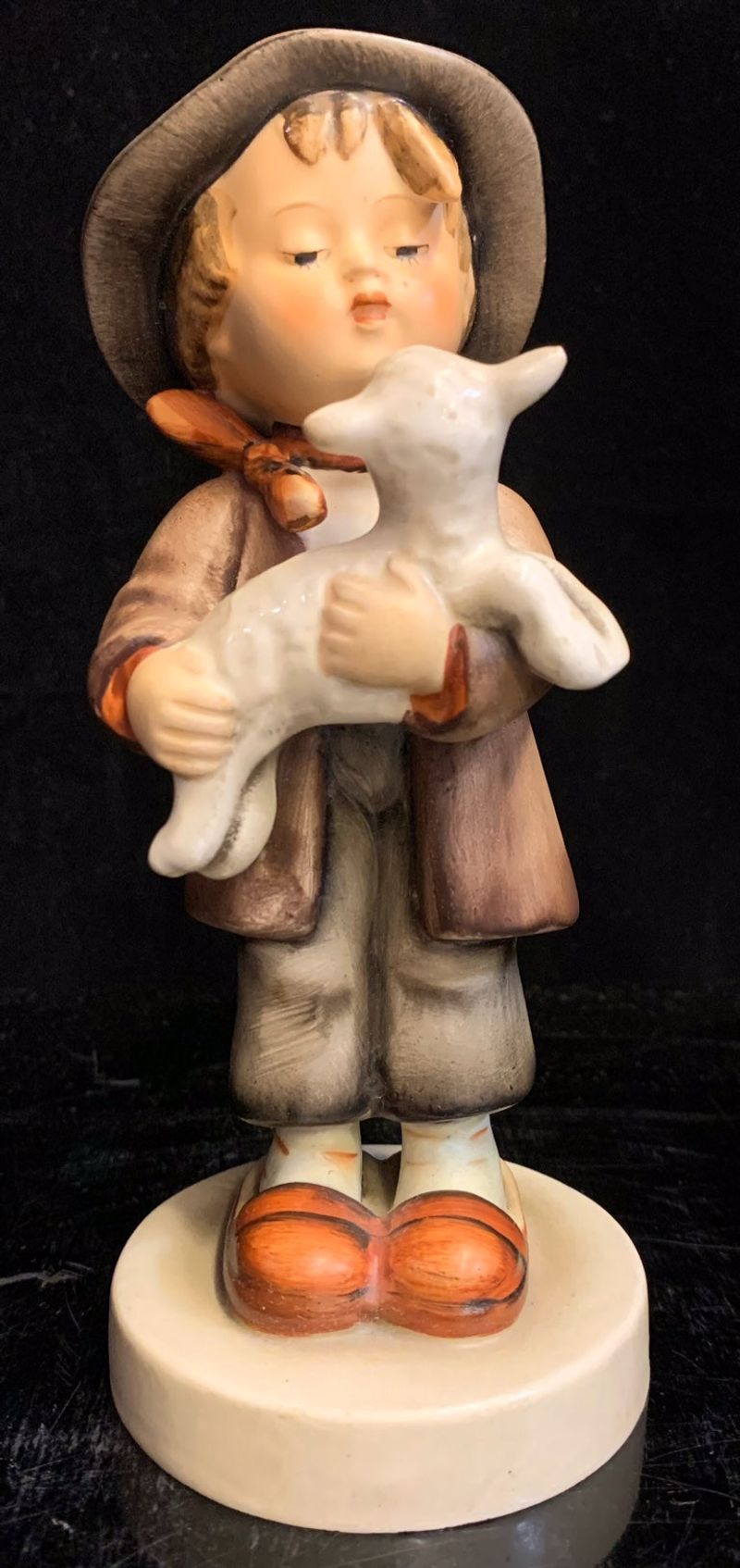
Those adorable German-made ceramic children that dominated curio cabinets worldwide are facing a devastating market correction. Once considered blue-chip investments, with some rare pieces selling for thousands, Hummels have lost their collector appeal almost entirely.
The demographic cliff has arrived as original collectors age out of the market. Younger generations show virtually no interest in these sweet but space-consuming figurines. Additionally, countless fakes and reproductions have made authentication challenging.
7. Antique Persian Rugs
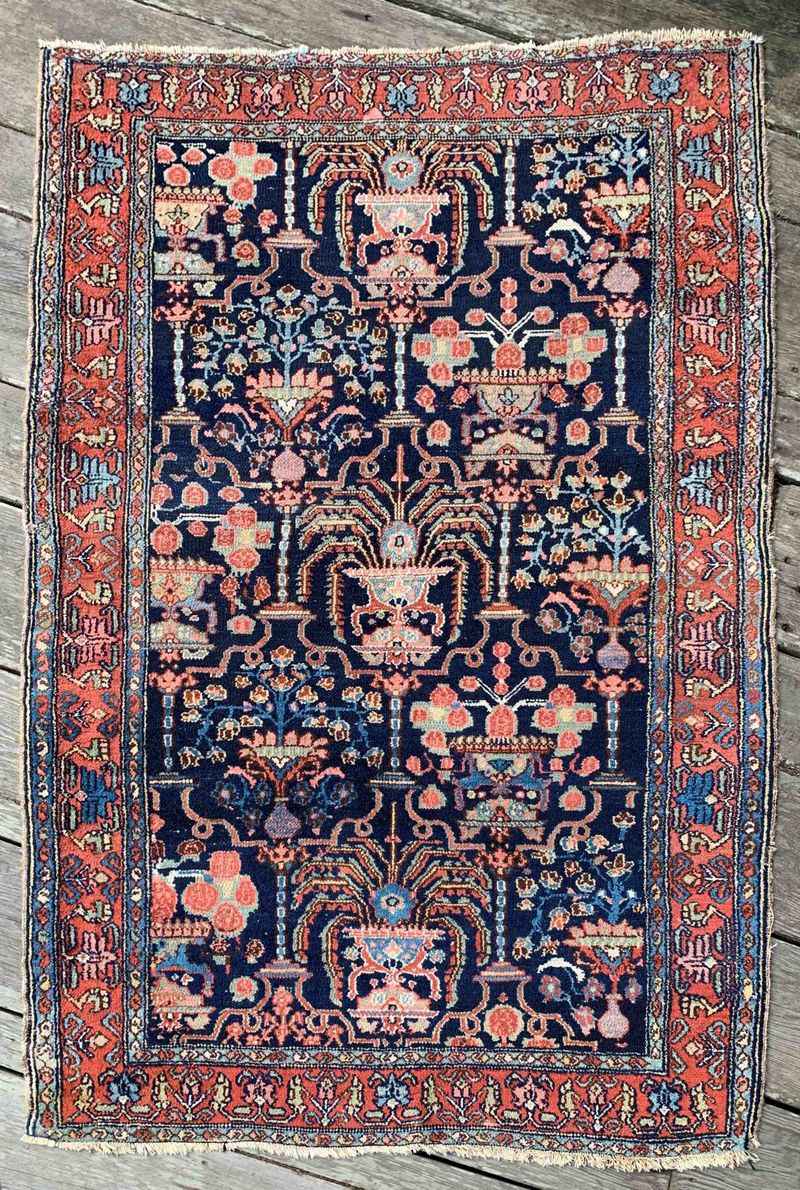
Antique Persian rugs, with their rich colors and intricate patterns, are facing a decline in popularity. Increasingly, decorators and homeowners opt for simpler and more cost-effective floor coverings.
The expense and care required to maintain these woven treasures further contribute to their declining market presence. In 2025, the demand and value for such rugs are expected to drop.
8. Tiffany-Style Reproduction Lamps
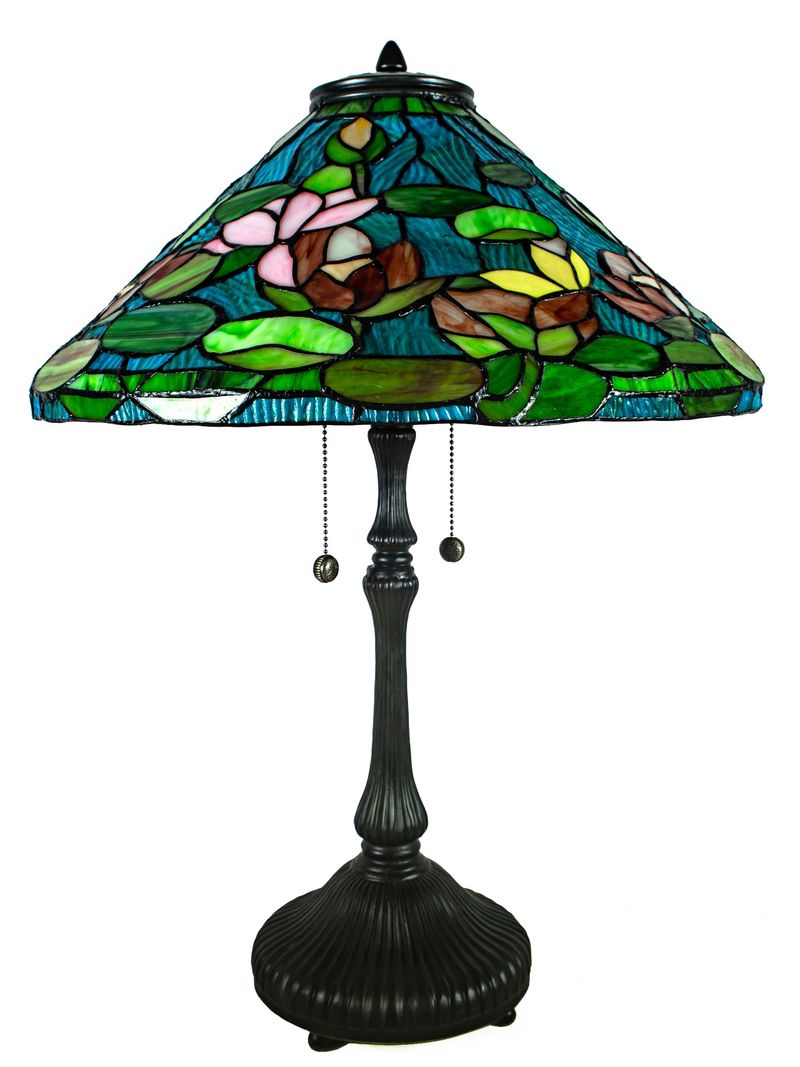
Not to be confused with authentic Tiffany Studios creations (which remain valuable), the mass-produced stained-glass style lamps that boomed in popularity during the 1970s-1990s are losing their glow rapidly.
Interior design trends have moved decisively away from these ornate, colorful fixtures toward cleaner, more minimalist lighting. The craftsmanship of reproductions varies wildly, with many showing poor soldering and color fading after just decades.

